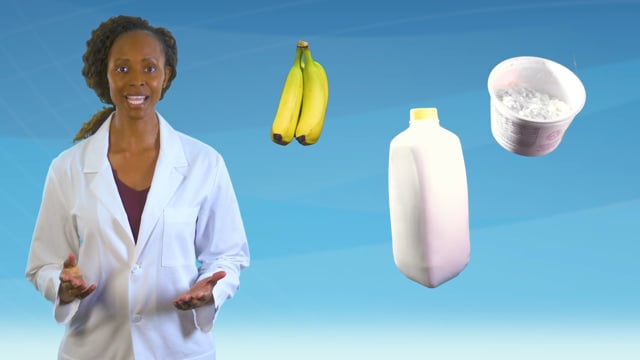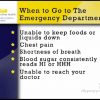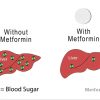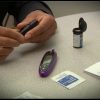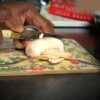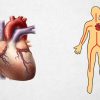Dash Diet
Changing what you eat can be one of the best treatments for high blood pressure. It will also help the blood pressure pills you take, keep your blood pressure in control.
The “DASH” diet and “Mediterranean Diet” both lower blood pressure and improve heart health. They both recommend foods with less salt or sodium and more potassium
This means eating less processed meats like bacon, sausage, and lunch meats; packaged foods like canned soups and chips and eating more vegetables and fruit, fish, low fat dairy foods like skim milk and low-fat yogurt, and foods that have healthy fats like nuts, olive oil, beans, and avocado.
First let’s talk about eating less salt. Salt makes your blood vessels soak up extra fluid which makes your blood vessels swell. This raises the pressure inside them causing high blood pressure.
Eating less salt is not easy. Most of the salt we eat doesn’t even come from a salt shaker, but from packaged and processed foods that already have salt added.
Examples of foods high in salt are: Pizza, packaged meats such as deli meats, especially ham, breakfast sausage, and bacon, frozen TV dinners, fried or fast foods, canned foods and soups, and salad Dressings and other condiments like ketchup, mayonnaise, soy sauce, and barbeque sauce. Try to eat less of these foods.
So what can you eat instead? Foods that are low in sodium and high in potassium. Potassium helps to lower your blood pressure by balancing out the effects of salt in your blood pressure.
But, high potassium diets may not be for everyone. Before you increase your potassium intake, ask your doctor if it’s okay for you to do, especially if you have kidney problems. It could also interfere with medications you’re taking.
Examples of the healthy foods that are low in sodium and high in potassium are dairy foods such as low-fat yogurt, milk, or cheese; fruits, especially bananas, oranges, and berries; vegetables like beets, tomatoes, and broccoli; dark leafy greens like spinach or kale; sweet potatoes, and lean fish like tuna, salmon or cod. Try to include more of these foods in your diet to lower the amount of sodium you eat.
So, what are some ways to start making these changes in your diet? The first step is to make different food choices at the grocery store. The best foods are usually the simplest ones that don’t have a lot of ingredients.
Fresh foods are always a good choice if you can get them. But did you know that frozen foods like vegetables, berries, and fish are just as healthy, and can cost less than many fresh foods? When you do buy packaged foods, look at the food label to see how much salt there is. Remember when you see “sodium” this means salt.
Try to stay away from foods that have more than 20 percent of your daily sodium in one serving. You should aim to eat less than 2300 mg of sodium in a day. 20 percent of that would be 460 mg.
Luckily, you don’t have to do the math yourself. Just look at the food label and it will show you the milligrams and percent of sodium in one serving. Getting under 20 percent isn’t always possible, but you can at least look for versions of foods labeled “Lower Sodium” or “Heart Healthy.”
Next, how can you prepare the foods when you get back home? Making your food at home is healthier than just heating up packaged foods because you control what goes in it.
You can flavor your food with other tasty options like extra virgin olive oil, vinegar, fresh ground pepper and spices, garlic, lemon or lime, onions, and fresh herbs. If you’re having a salad, include leafy darker salad greens such as spinach, collard greens, or kale. These have more vitamins and healthy nutrients than regular iceberg lettuce.
Go light on the salad dressing, use light dressing, or even better, use a little olive oil and vinegar instead. Try going vegetarian 1 or 2 days per week. Introduce more vegetables into your diet. have a portabella mushroom sandwich, a cauliflower steak, a baked potato, rice and beans or baked fish. For full flavor, try broiling or grilling raw vegetables.
So remember, choose foods that are low in salt or sodium and use herbs and spices to add flavor instead of the salt shaker. Choose more foods that are high in potassium like many fruits and vegetables and read the food labels of prepared foods to make sure that they are not high in sodium.
Don’t try to make too many changes at once. Start with just trying to find one healthy food choice for each meal of the day.
For more recipe ideas, search online for “DASH diet recipes” or “Mediterranean Diet recipes.”


